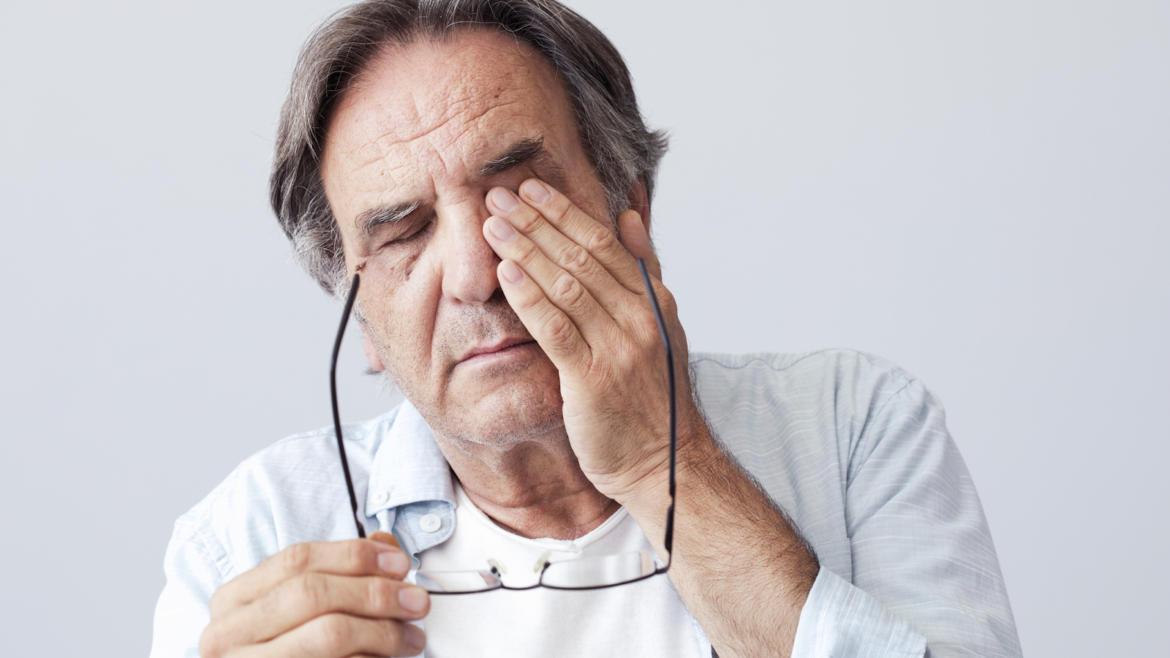ABA and COVID-19
In a previous blog post, we learned that Applied Behavior Analysis is the science of measuring, analyzing, and changing socially significant behavior. These kind of behaviors is important in improving the quality of life of our clients, their families, and their communities. In the state of our current society, ABA and COVID-19 is a discussion that helps us make the individual changes that can have a massive collective impact. Therefore we are offering this blog post on ABA and COVID-19 to help improve the wellbeing of our communities–family communities, neighborhoods, cities, states, countries, and quite frankly, the world.
Through some basic principles of ABA, on an individual level we can decrease some of the behaviors that the CDC has recommended we avoid, while increasing the behaviors that have been shown to slow the spread of the virus to others. Here, we will focus on the decrease of one behavior in particular:
Face touching!
Health professionals across the world have been advising for weeks that we avoid touching our faces to slow the spread of COVID-19. How easy is it to simply stop touching your face? Not very! Many people are not even aware of how many times a day they touch their face. Between eye and nose itches, removing hair from eyes, and even those non-functional “think poses,” the rate of face touching is high across the board. Some studies say that an individual touches his or her face an average of 20 times per hour.
In the ABA world, we can help mitigate this by pulling a little trick from our bags that is known as differential reinforcement; in particular, we are looking at reinforcing alternative (DRA) or incompatible (DRI) behaviors. DRA procedures reinforce behaviors that are viable alternatives to the behavior we want to decrease. DRI procedures reinforce behaviors that are incompatible with the behavior identified for decrease, meaning they physically cannot occur at the same time. Face touching, generally speaking, is automatically reinforcing. This means that the behavior of touching your face produces sensory reinforcement. It feels good, or it removes some type of unpleasant feeling like an itch. What are some behaviors that we can utilize that will provide a similar sensory experience to face touching? What are some behaviors that we can utilize that render our hands unavailable for face touching?
- Use a q-tip or tissue to scratch a face itch
- Have a hair brush or comb handy to get the hair out of your eyes
- Wear glasses to avoid touching your eyes
- Find somewhere else for your hands to go when you’re not sure what to do with them (I prefer one of my hands over the other folded in my lap–but that’s just a personal preference.)
- Occupy your hands with other reinforcing sensory activities–a stress ball, coloring, crafts, applying lotion, writing, painting, petting your dog, playing a game that requires your hands
Make a list of all the things you enjoy doing with your hands on any given day, and focus on increasing those activities. Importantly, we should also be encouraging our children and clients to engage in the previously listed alternatives while providing as many engaging and reinforcing hands-on activities as we can. Even if we decrease face touching by 25% while simultaneously increasing hand washing, it can make a difference in the spread of COVID-19 and all other contagions. Stay healthy everyone!





